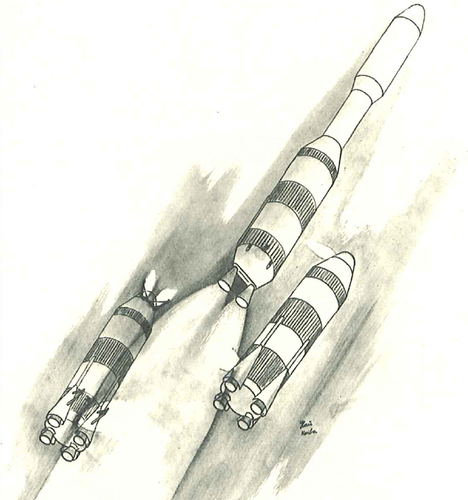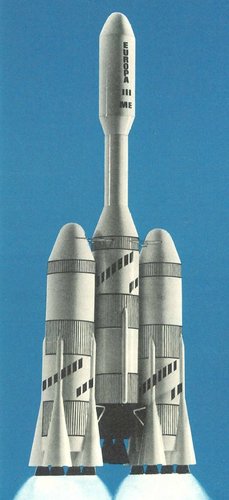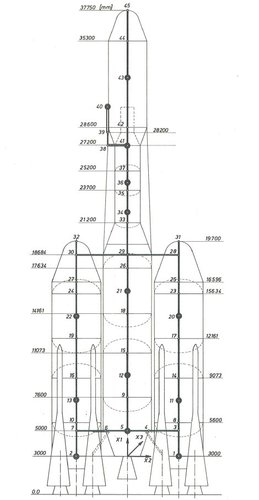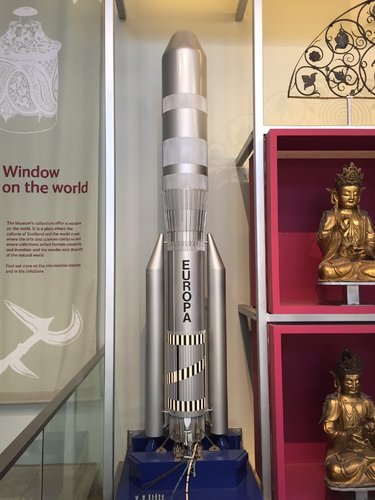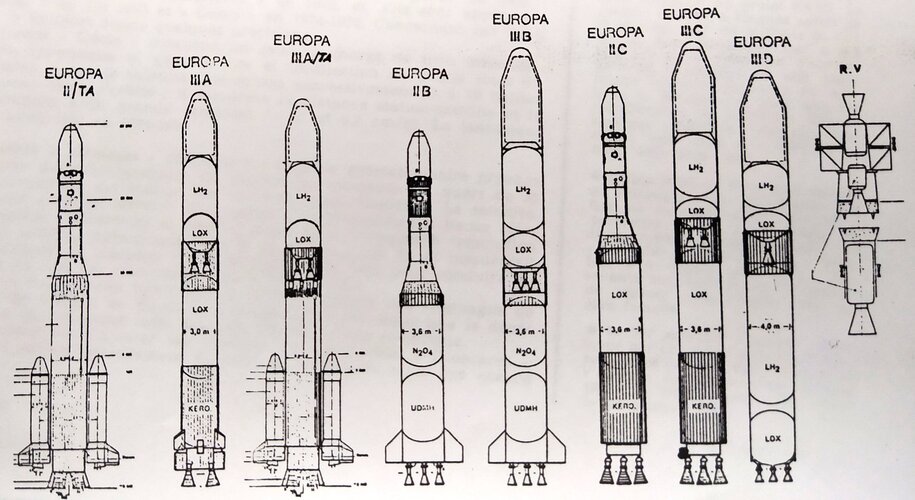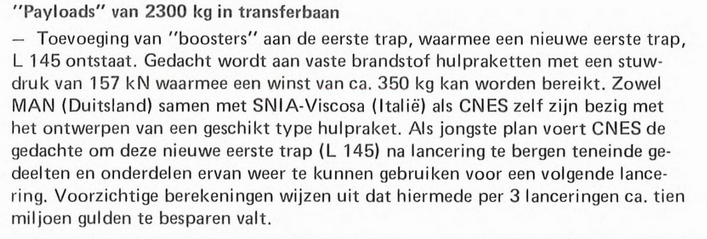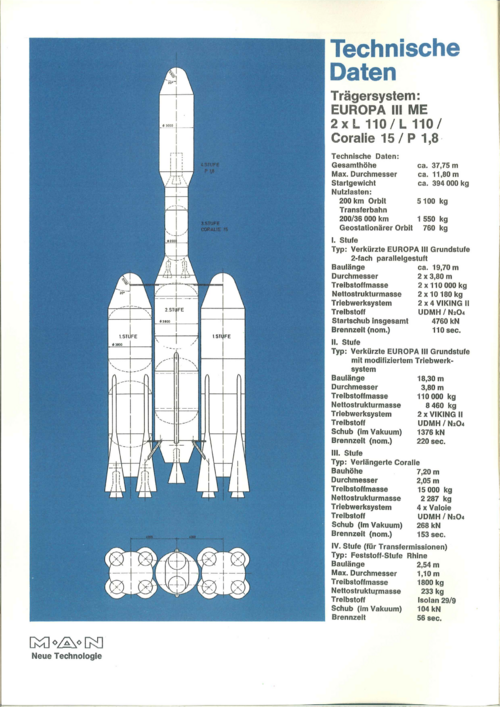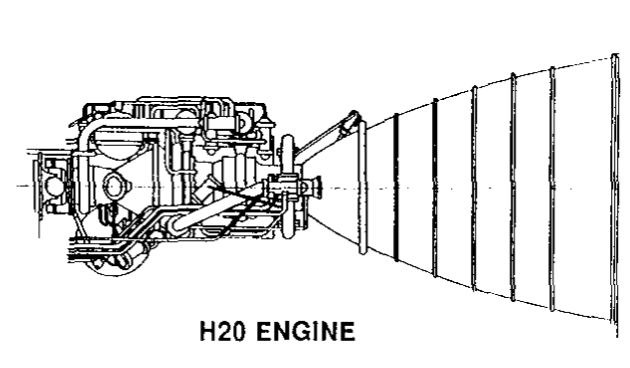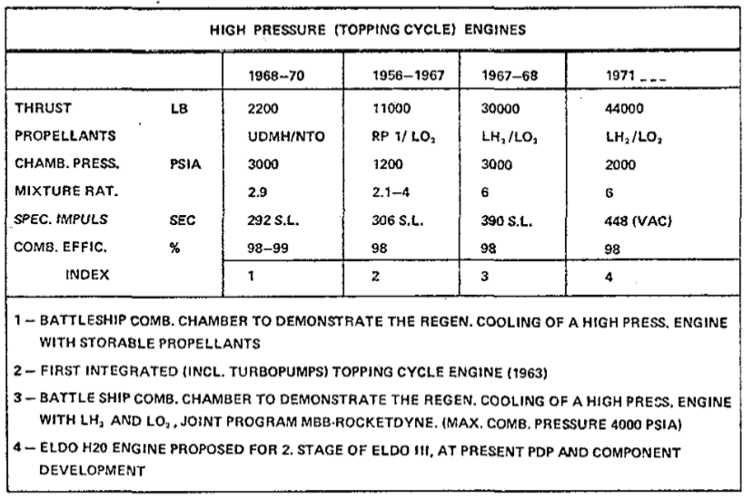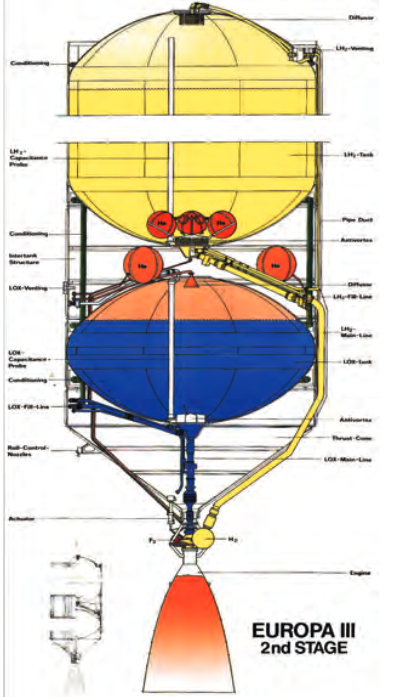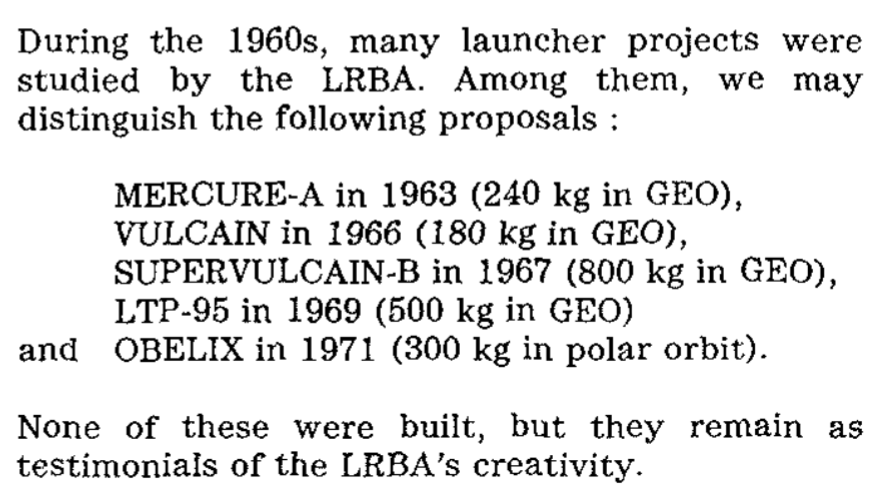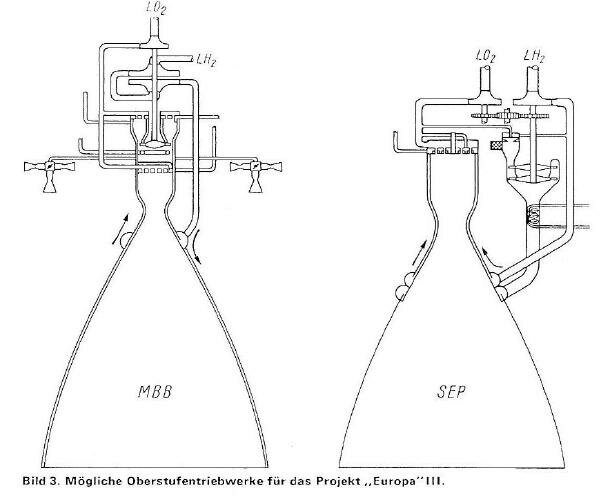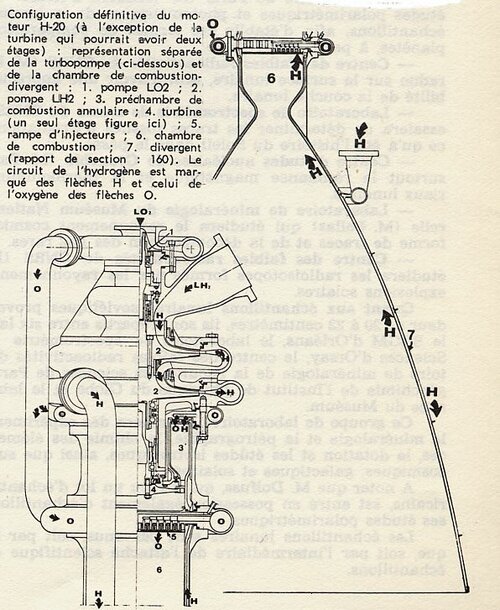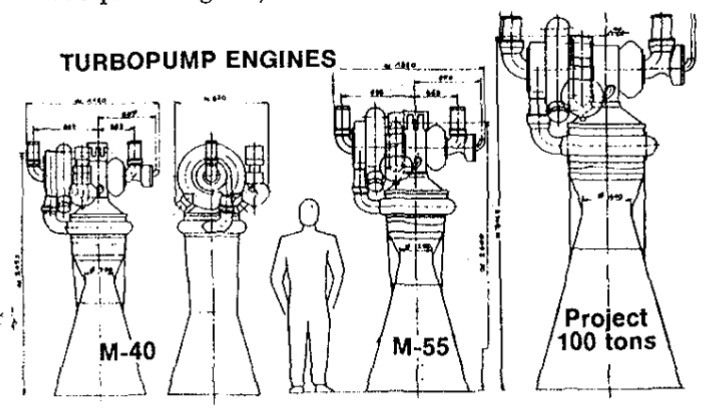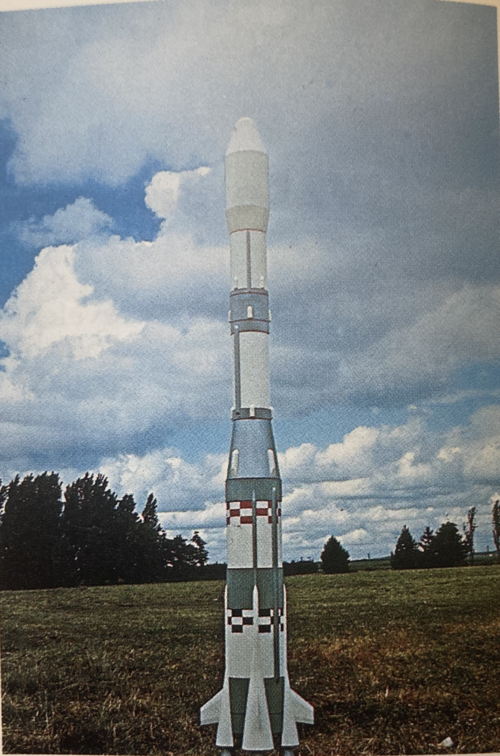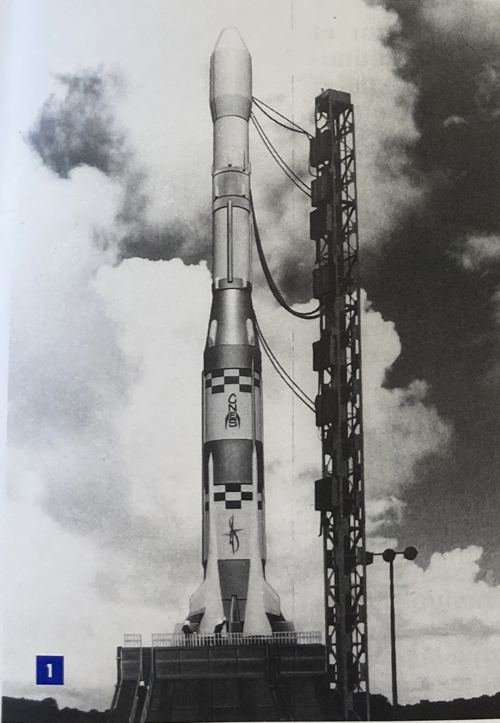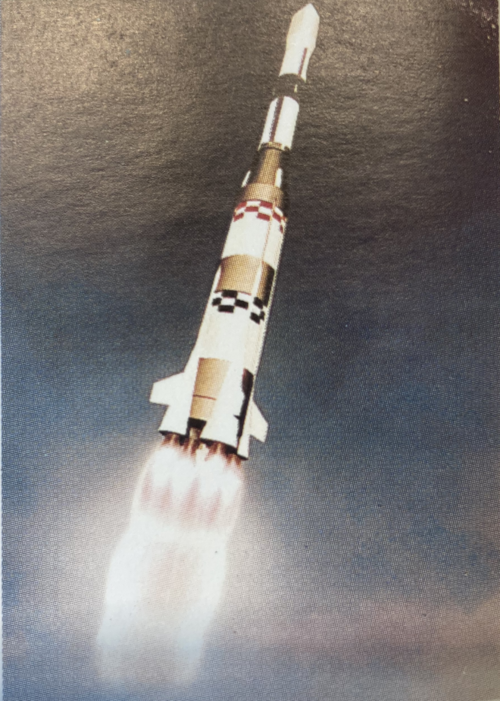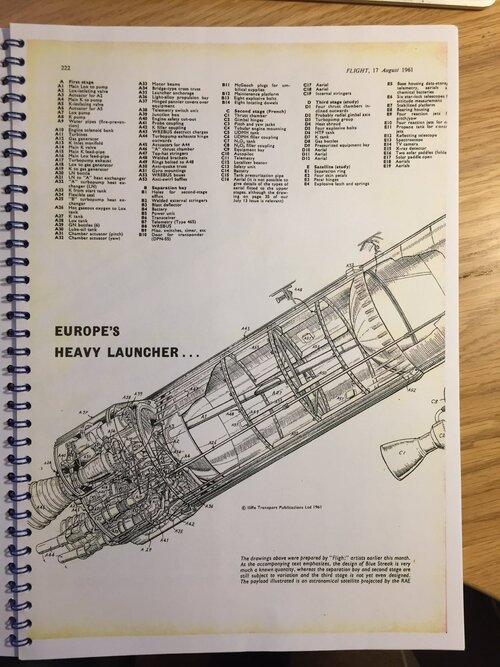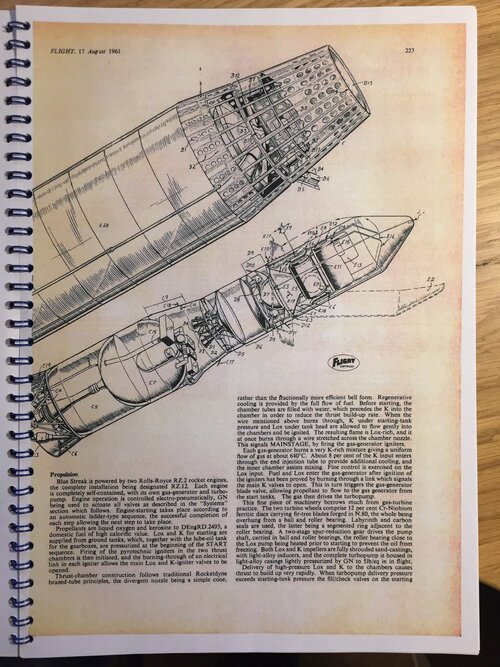Cryorocket was quite an ambitious company. In fact it was a G.I.E, just like Airbus, and it was not dissolved until 1984.
The G.I.E (Groupement d’Intérêt Economique) economic model was something airbus borrowed from Toulouse wine makers. It was deliberately made arduous, if impossible, to dissolve, in order to avoid infighting between share holders. Airbus founders picked that model deliberately, considering how difficult it was to get European countries working together.
What's more ? Varied interesting studies.
- HM4
- HM20 big Europa IIIB engine
And also
- advanced LH2 engines for the Space Tug (the original one)
- LH2 OS / RCS for the space shuttle orbiter - the one with internal tankage and plenty of volume. External tank orbiter got storable OMS / RCS instead.
- in fact the Space Tug advanced LH2 engine was to be the orbiter OMS, too !
- so ESA and cryorocket might have very well get a contract for the orbiter OMS.
I did knew that Buran was to get H2O2/ kerosene RCS / OMS. But not that the U.S orbiter was supposed to run on LOX/LH2.
I've read General Aubinière and Jean Pierre Causse oral histories. Tom Paine "Integrated Program Plan" of 1969 really impressed the Europeans. They really badly wanted to be part of it.
and then... the Space Shuttle happened instead.
The G.I.E (Groupement d’Intérêt Economique) economic model was something airbus borrowed from Toulouse wine makers. It was deliberately made arduous, if impossible, to dissolve, in order to avoid infighting between share holders. Airbus founders picked that model deliberately, considering how difficult it was to get European countries working together.
What's more ? Varied interesting studies.
- HM4
- HM20 big Europa IIIB engine
And also
- advanced LH2 engines for the Space Tug (the original one)
- LH2 OS / RCS for the space shuttle orbiter - the one with internal tankage and plenty of volume. External tank orbiter got storable OMS / RCS instead.
- in fact the Space Tug advanced LH2 engine was to be the orbiter OMS, too !
- so ESA and cryorocket might have very well get a contract for the orbiter OMS.
I did knew that Buran was to get H2O2/ kerosene RCS / OMS. But not that the U.S orbiter was supposed to run on LOX/LH2.
I've read General Aubinière and Jean Pierre Causse oral histories. Tom Paine "Integrated Program Plan" of 1969 really impressed the Europeans. They really badly wanted to be part of it.
and then... the Space Shuttle happened instead.

